“I never saw a discontented tree.”
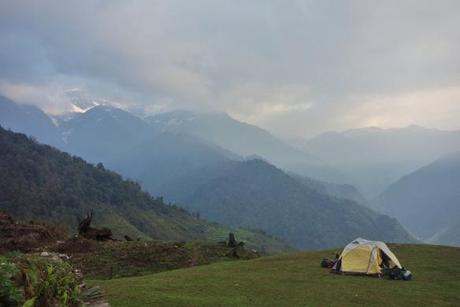
We started out the day following a few porters, kids no older than me who were on their first expedition. We quickly realized that locals and donkeys alike used the trails expensively in order to bring supplies to villages without road access as well as to the base camp of Makalu. As we followed the rocky but well defined trail for the next two days we realized that there were quite a few houses scattered along the way. These were Sherpa villages, the infamous guides and porters who escort nearly every western expedition in the Himalayas.
Kevin trying out one of the teenagers packs.
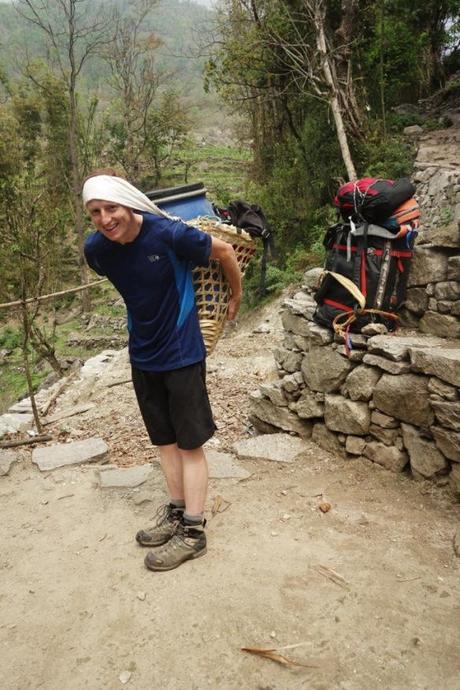
Though the word is now thrown around to describe almost any Nepali helping with a climbing expedition, the Sherpas are an ethnic group that resides almost solely in eastern Nepal (where we are now). They were a nomadic people who migrated from eastern Tibet using the salt route while they formed four different clans (though there are now over twenty). These Sherpa villages now rely very heavily on the tourism of trekkers and climbers, and many of the men in these villages are high altitude guides on mountains such as Everest and K2. One of the women I stayed with explain that her husband was currently climbing Makalu as a guide, and that in precious years he had guided for Everest. It was awe-inspiring to be standing in a village surrounded by some of the strongest climbers in the world.
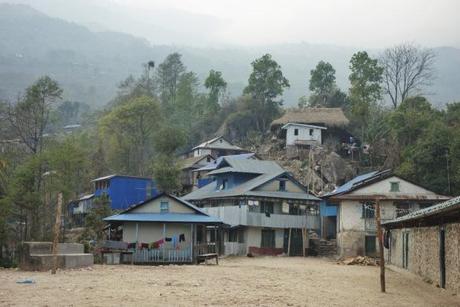
We spent one night in the school yard in one of these villages, and the next night in front of a guest house with a beautiful view. Well, we supposed it had a beautiful view, but unfortunately, as the clouds had been following us the whole way, we could see almost nothing.

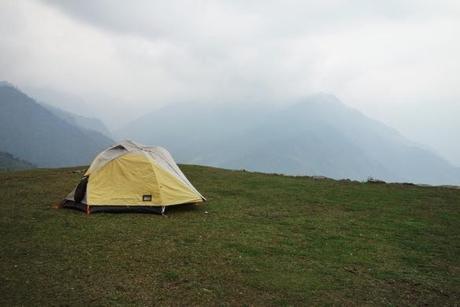
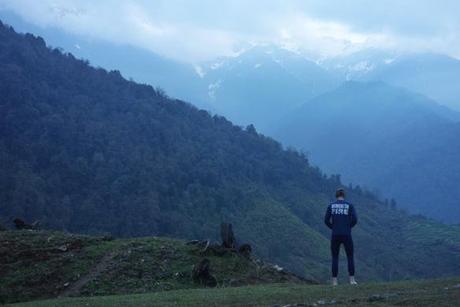
I enjoyed walking through these villages, and was surprised at how well stocked they were even though they were a day or two from the closest road. The houses were well built with wood frames and metal siding and roofs, and the area was obviously much more developed than the hilly regions I explored in far western Nepal.

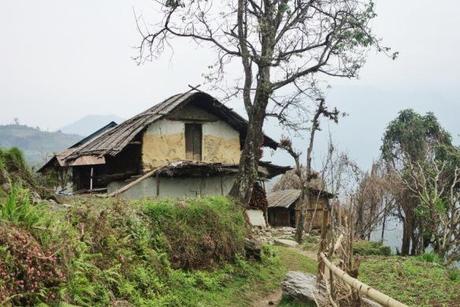
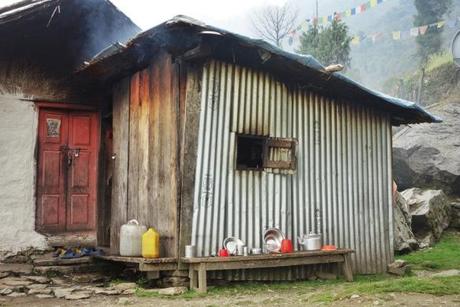
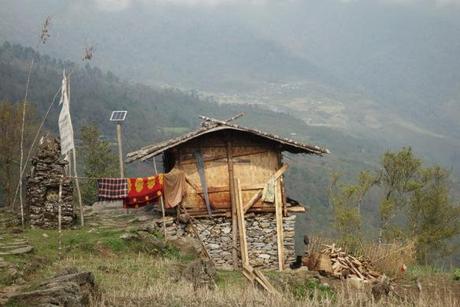
As we arrived in the last real village (before heading into the uninhabited part of Nepal) we were greeted by a gang of seven or eight children. Though it was a bit annoying at first to be pestered and followed by them, they gained my affection after they started handing me flowers, tiny potatoes, and the smallest mountain strawberries I have ever seen. As we arrived and laid our tent out, the children immediately started setting it up. They had obviously seen their fair share of trekkers and climbers before, but fortunately, the area isn’t (yet) so touristy that they hate you. It was a pleasant in-between in my opinion, I was no longer stared at like a purple alien as I had been in far western Nepal (where they had never seen a westerner) but it was not like Kathmandu or Annapurna where they try everything to get your money.
